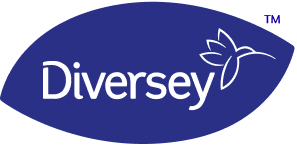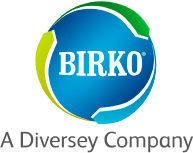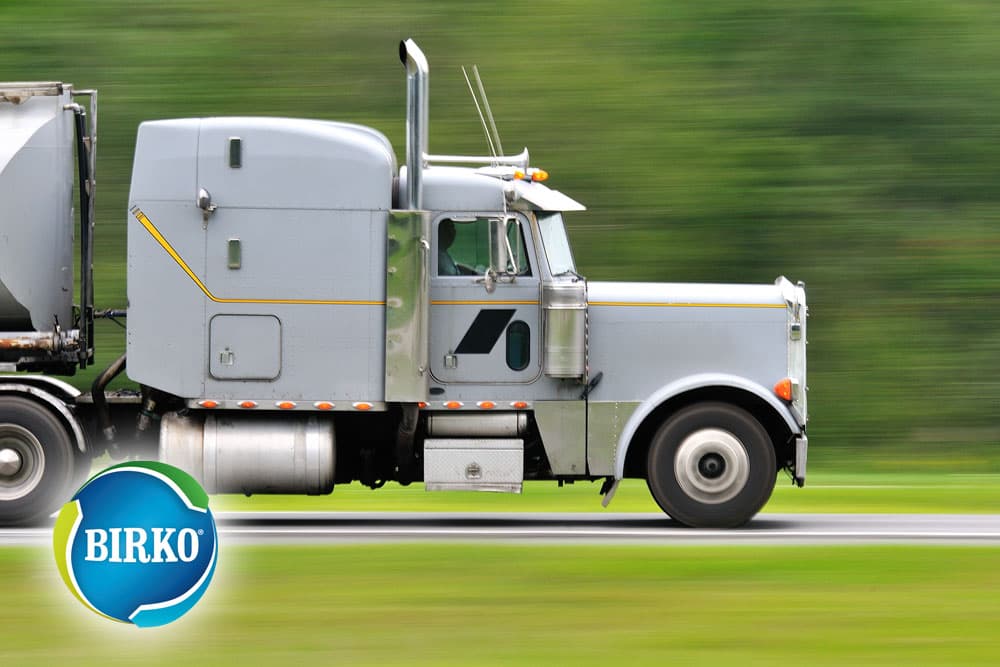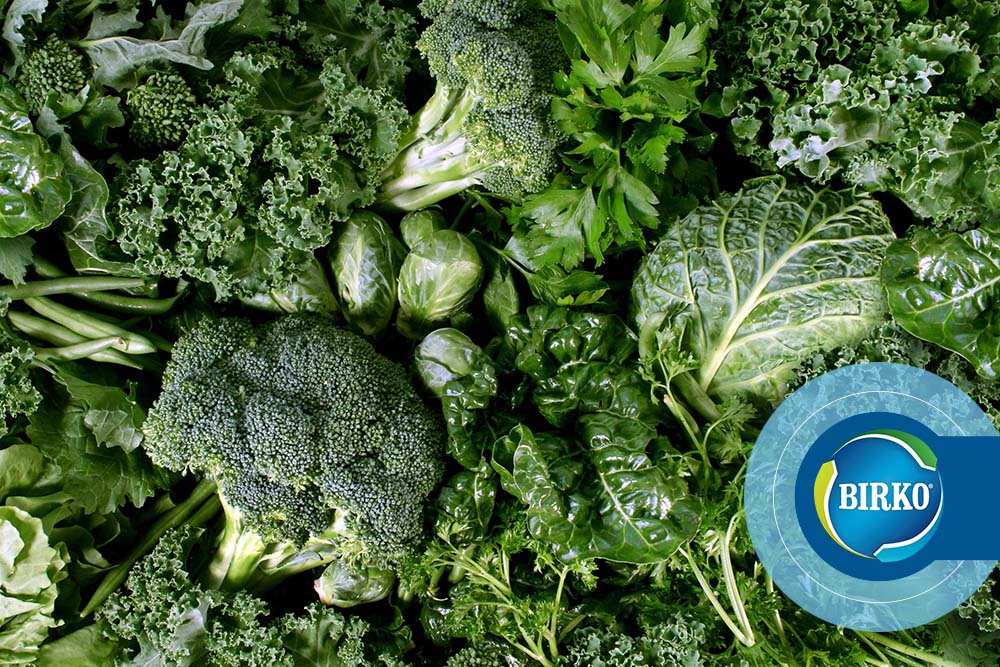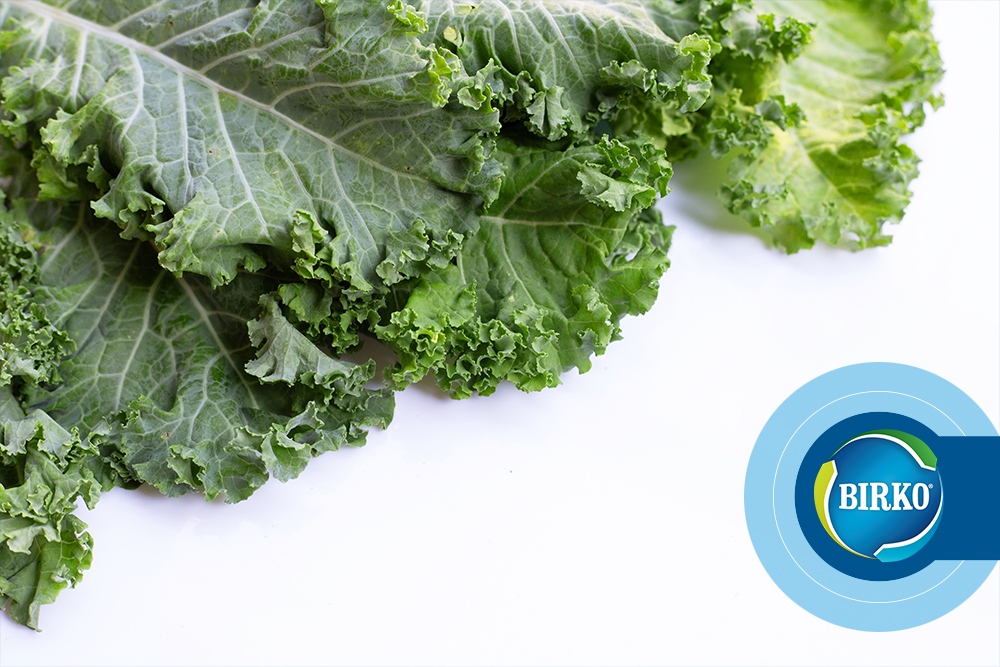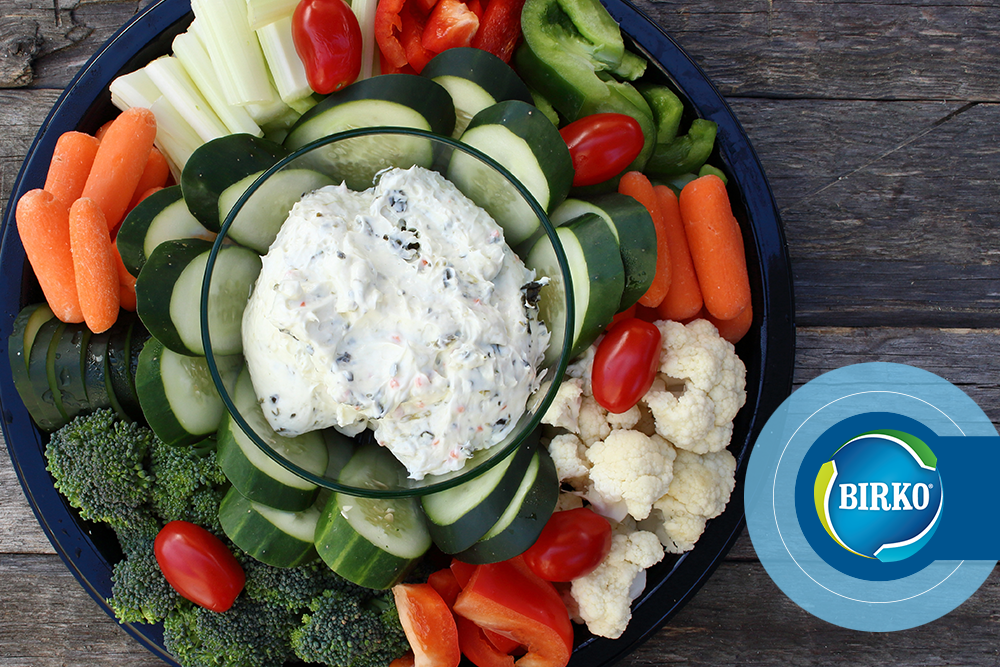Even when fruits and vegetables are processed in a sanitary environment, there’s the potential for contamination to occur when those products hit the road.
The Food Safety Modernization Act (FSMA) updates regulations from the farm to store shelves. It covers the entire supply chain, including the transportation of produce and fresh-cut products from processing plants to the public.
The final rule on Sanitary Transportation of Human and Animal Food went into effect in 2016 and, by now, businesses large and small should be complying with the rule. FDA inspectors have begun checking to see whether FSMA rules are being followed.
While this particular rule relates to shippers, carriers (truck and rail), loaders and receivers, the primary responsibility for ensuring safe and sanitary transportation lies with the shipper. That means the company having its products shipped to market bears most of the burden of compliance. Contractual agreements, however, may shift some responsibility to carriers.
All food items that will be consumed or distributed in the United States are covered apart from a limited list of exempted items, for example food that is completely enclosed by a container and does not require temperature control is exempt.
Motor carriers have more responsibility than rail carriers as they usually own their equipment and are likely involved in vehicle sanitation. With intermodal shipping, however, railroads typically transport but don’t own things such as refrigeration units. This means it will be up to the shipper and loader to assess the food safety suitability of railcars.
Regardless, whether you need goods shipped or are transporting food to market, understanding the basics of the Sanitary Transportation of Human and Animal Food rule is the first step. Here’s a breakdown of what shippers and carriers need to know.
Transportation Equipment
Before food can be safely shipped, the design and maintenance of vehicles and equipment used to transport it must be considered. The equipment itself cannot cause food to become unsafe. This means trucks, shipping containers and any surface food touches during transport must be cleanable and made of materials suitable for the intended use. Surfaces should have no corrosion or flaking.
According to Fleet Owner, having suitable equipment could include removing broken shipping pallets that may puncture protective packaging, causing a contamination risk. Incorporating temperature control mechanisms when necessary is an important capability for certain food items.
Since responsibility for ensuring food safety falls to the shipper, food safety and transportation directors will need to be well-informed on the types of equipment used in their supply chains. Shippers should develop written parameters for their carrier networks with specifications for vehicle design and guidelines for equipment maintenance.
Transportation Operations
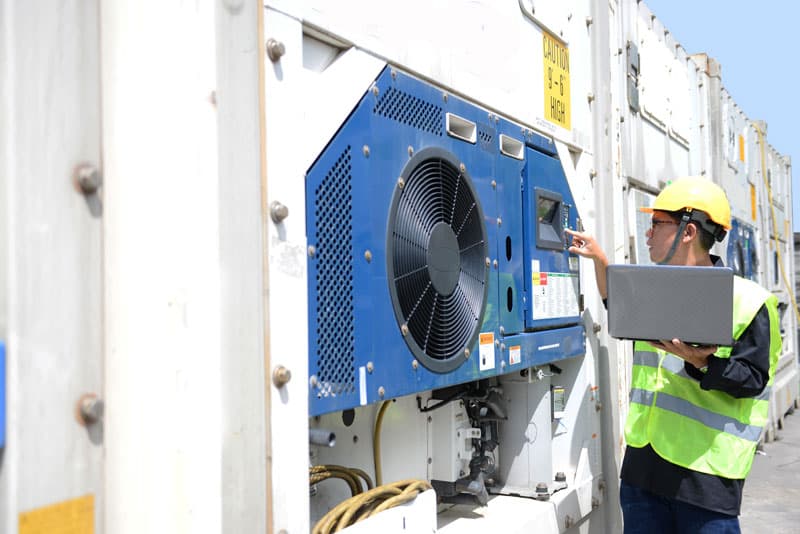 A reefer container technician monitors temperature
A reefer container technician monitors temperature
The measures taken to ensure food safety during transportation are numerous. FSMA compels shippers, carriers, loaders and receivers alike to work together to protect products.
The Sanitary Transportation of Human and Animal Food rule excludes food that is completely enclosed in a container, unless it requires temperature control. Reefer trucks, or those with refrigerated containers, should have adequate temperature controls that are monitored by carrier personnel. Refrigerated trucks must be given adequate time to cool before they take on a new load.
Procedures should be in place to prevent ready-to-eat food from touching raw food. Preventive steps should also be taken to avoid contamination from non-food items in the same load and to add protection from cross-contact with food allergens. Non-food products, such as batteries or household cleaning supplies, and food that presents allergy risks must be appropriately separated from other products intended for consumption.
Shippers and carriers are required to properly clean trucks and shipping containers between loads. When truckloads carry things like nuts or dairy, the risks of allergen cross-contamination are high. Human contamination is another possibility, which is why loading and unloading facilities need employee hand washing stations.
Shippers should establish temperature profiles for storage and transport as well as handling and sanitation processes for carriers to follow when loading and cleaning trucks.
Training and Recordkeeping
These regulations create the need to educate certain individuals on best practices for food safety and sanitation during transportation. When carriers and shippers have a contractual agreement giving food safety responsibility to the carrier, the FDA requires carrier training.
Otherwise, shippers need to document the steps it expects its carrier network to follow.
Shippers should develop written procedures that:
- Ensure sanitary conditions of vehicles and equipment
- Ensure previous cargo does not make food transported in bulk unsafe
- Ensure food is transported under adequate temperature control
Carriers should also proactively train truck drivers on sanitary procedures and how to use refrigeration units appropriately.
The need for detailed records makes communication crucial in complying with the Sanitary Transportation of Human and Animal Food rule. For example, shippers, carriers and receivers can develop a system to communicate and record temperature profiles during transportation. Carriers must be able to identify previously transported cargo, unless it can be shown that the truck was sanitized prior to loading new cargo.
Shippers and carriers must retain transportation and training records for at least one year. And, they must be able to make them available to the FDA within 24 hours upon request. As we like to say at Birko, “If it wasn’t documented, it didn’t happen.” So, make sure you keep and maintain food safety records.
Get Expert FSMA Guidance from Birko
One of the most challenging aspects of FSMA compliance is that, although the FDA tells you what to do, it provides little advice on how to do it. That’s where food safety experts like those at Birko become very valuable.
When it comes to choosing the right chemistry for transportation cleaning sanitation, the products used depend on a facility’s ability to treat wastewater. If there are drains leading to a sanitary sewer, we recommend using Liquik 2CS or Liquik 2Nu Blu as cleaners followed by Ultra Quat as a sanitizer.
If water flow from sanitation drains directly to a storm drain that empties into local waterways such as rivers, additional precautions are necessary to prevent pollution. But, Birko can still help you identify ways to clean vehicles with acceptable products.
In addition to chemistry products and sanitation equipment for the produce industry, Birko acts as a trusted advisor to clients. We help you develop and document FSMA-compliant plans and procedures that bring better food safety to your supply chain. Birko provides consultations and employee training from a team of certified experts. That includes in-house Preventive Controls Qualified Individuals (PCQI), which is yet another FSMA requirement.
You can contact me any time at [email protected] with questions regarding your food safety program, or how to best protect your products. Or, you can visit our site to find your local Technical Sales Representative.
 Elis Owens, Ph.D., Director, Technical Services, Birko, can be reached at [email protected] or (303) 289-1090.
Elis Owens, Ph.D., Director, Technical Services, Birko, can be reached at [email protected] or (303) 289-1090.
